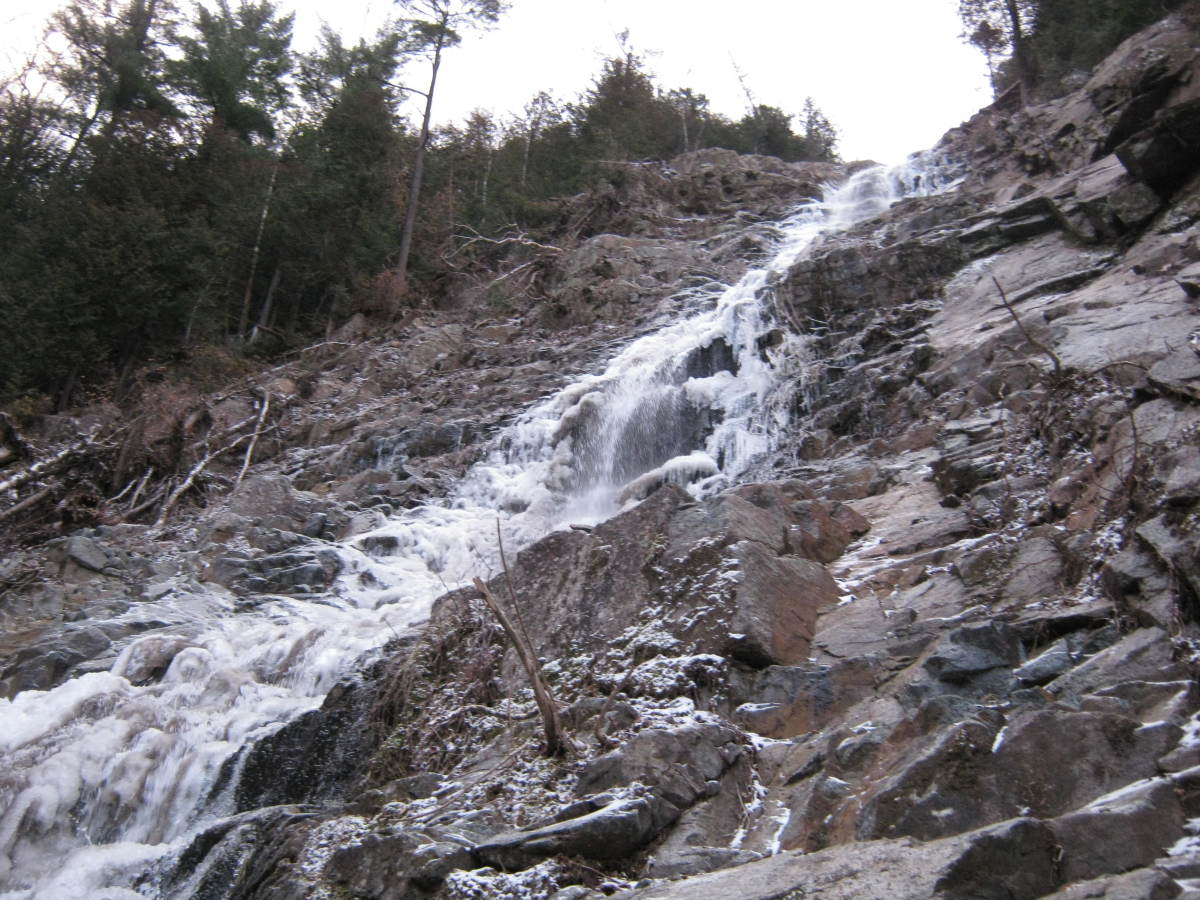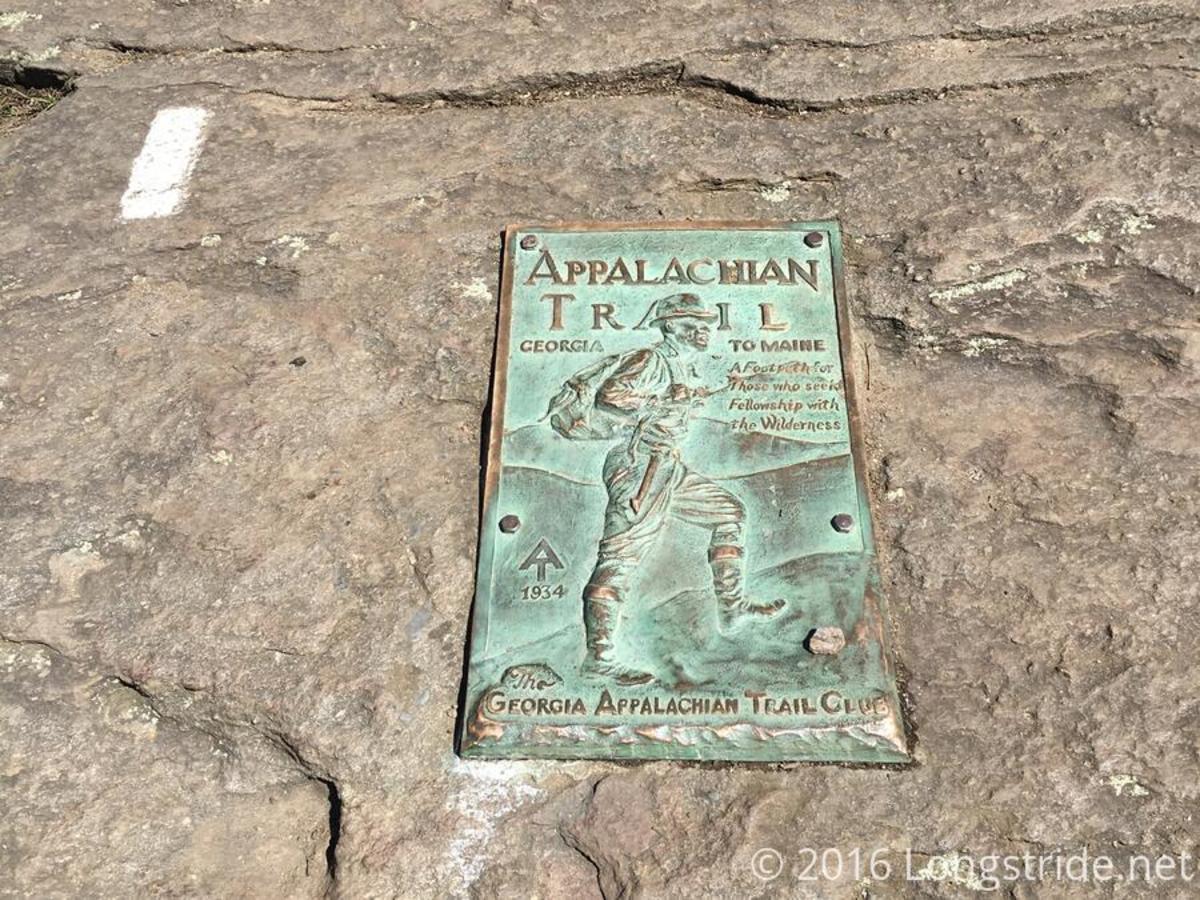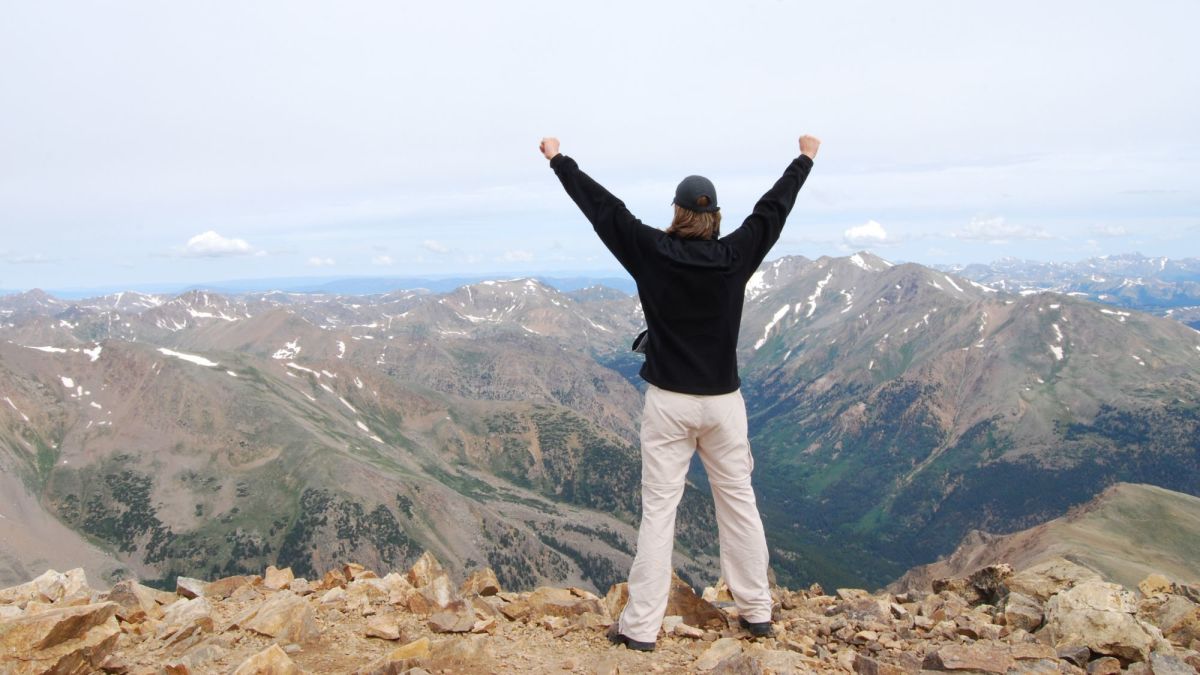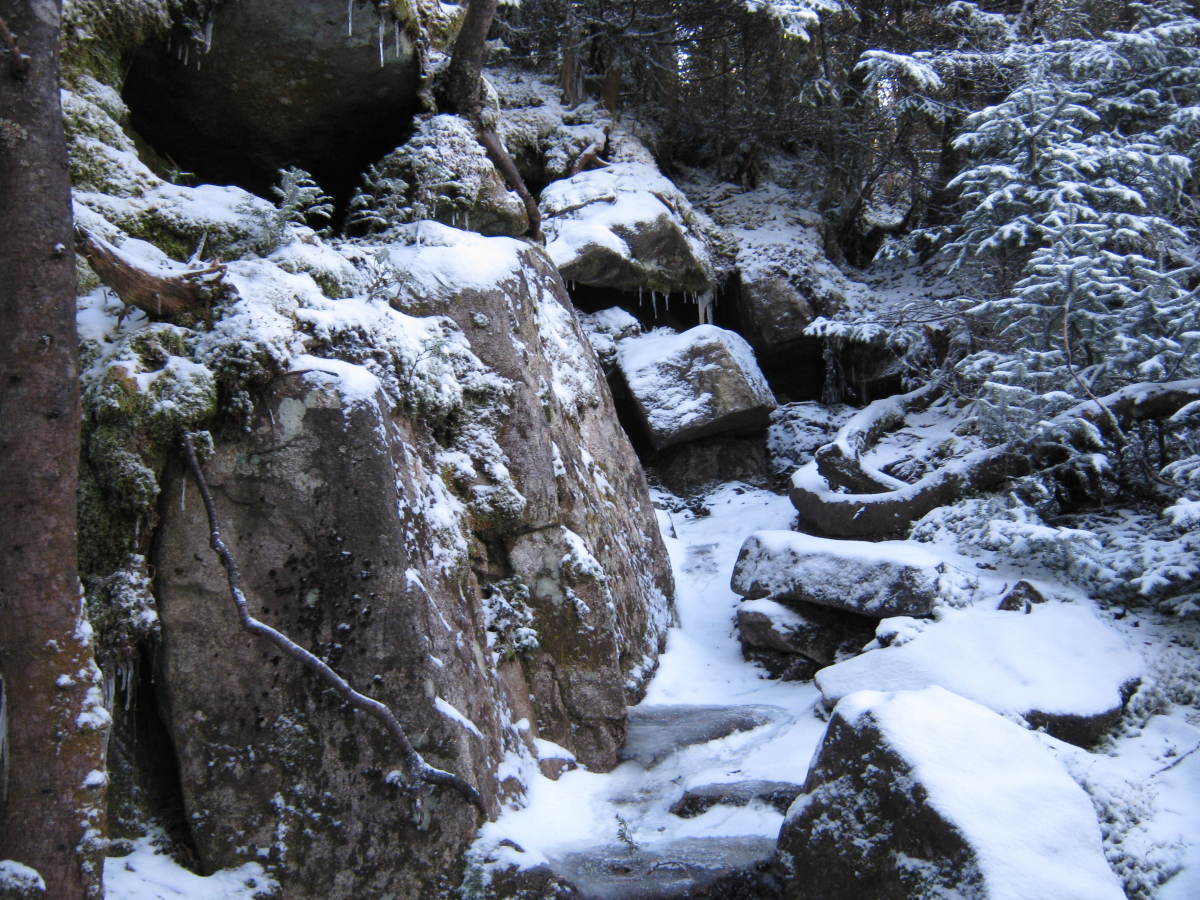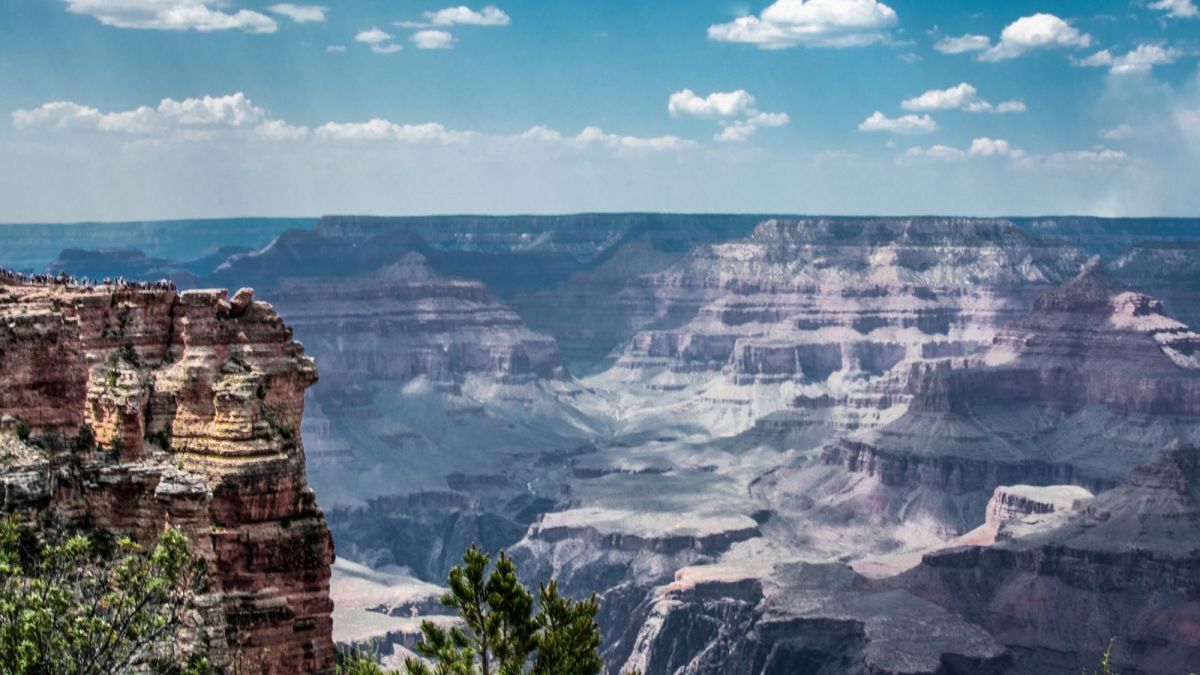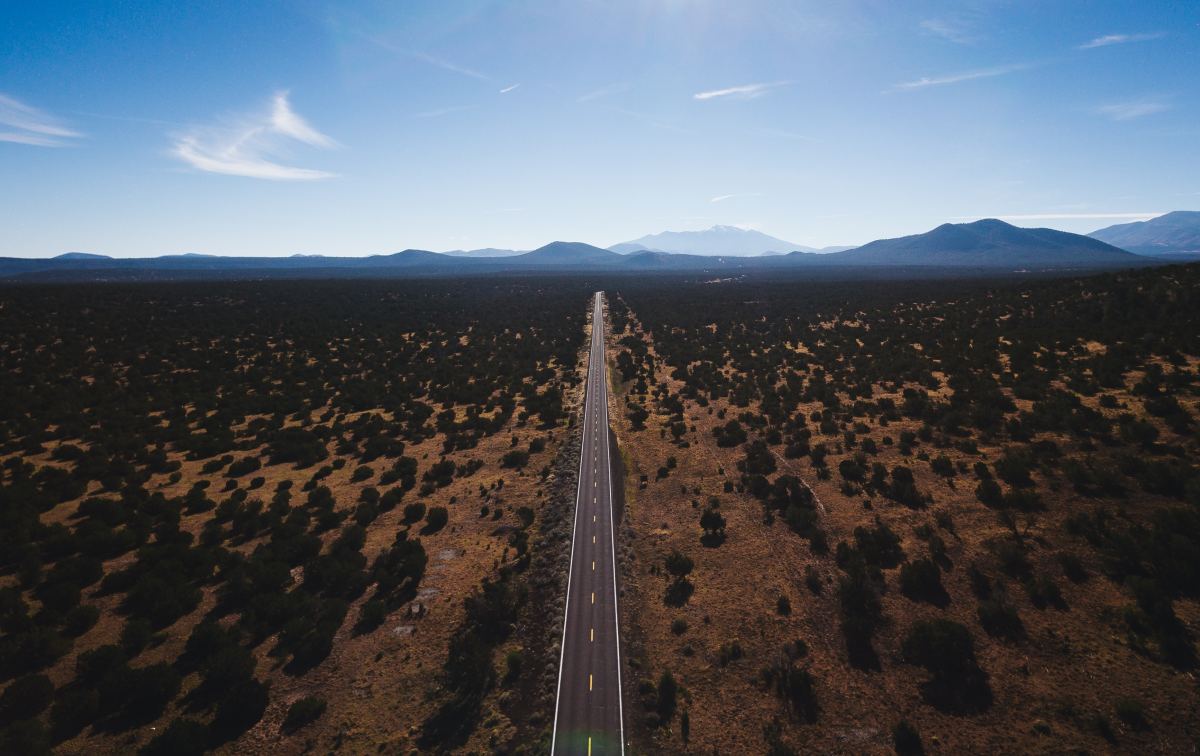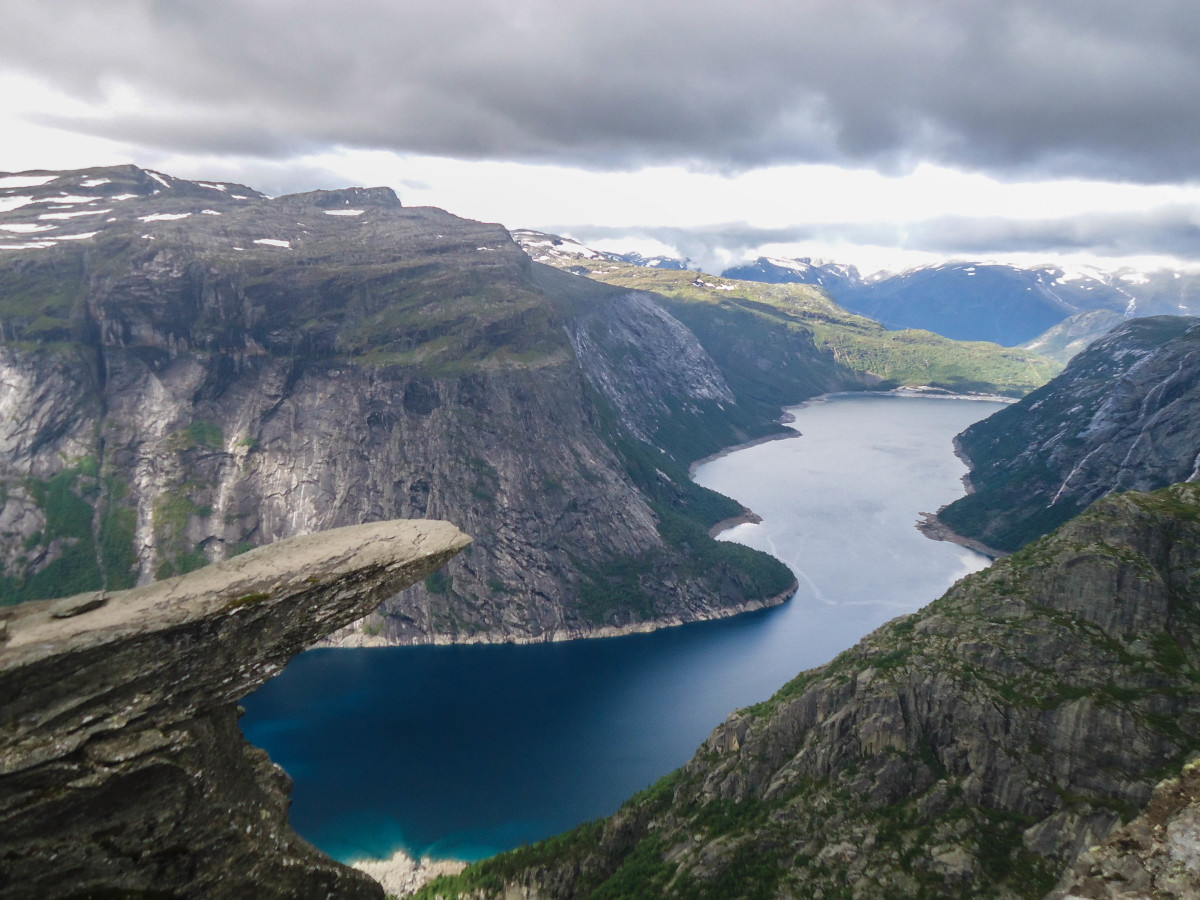Our National Parks: Guadalupe High
Guadalupe Mountains
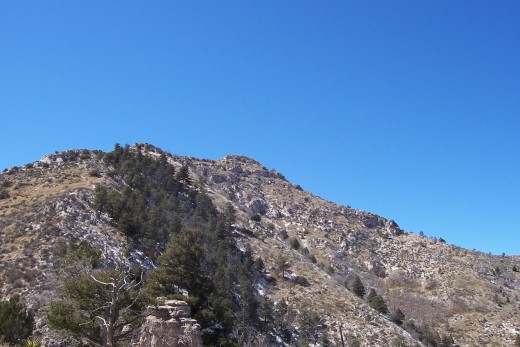
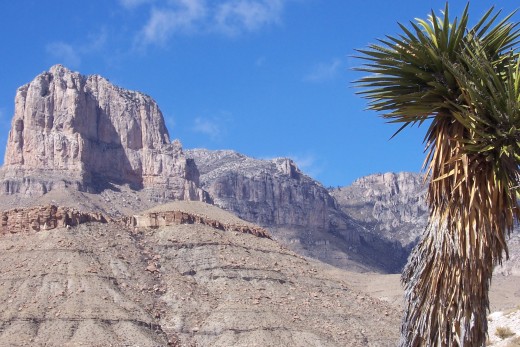
Guadalupe High
After leaving a cold and windy Denver to fly to a supposedly much warmer Texas, we became a bit concerned looking out the aircraft window over southern New Mexico, blanketed with deeply rippled March snow. Surely Texas would be warmer where we would climb Guadalupe Peak rising to 8,749 feet. But, as we approached El Paso Airport, we noticed white and glistening snow on the north-facing sides of otherwise bare mountains. However, El Paso itself basked in a warm sun with a temperature hovering in the mid-sixties, some thirty degrees warmer than Denver. Perhaps our plans of climbing to the highest point in Texas in early March (just before having to teach a five-week class) would prove to be a bit more tricky than we had anticipated.
John Sullivan and I drove our rental car filled with light camping gear east for eighty miles or so to Guadalupe National Park (established in 1972). As we came up to a great white stretch of land, we thought how strange that snow should be this far south at a mere three thousand feet elevation. But our fears vanished when we realized this whiteness proved to be a vast salt flat, the remains of a prehistoric seabed. Gradually El Capitan of the Guadalupe Range took shape with its grand limestone cliffs. We stopped to take photographs of El Capitan framed with a bright green Soaptree Yucca. Far above rose triangular Guadalupe Peak itself. The terrain ahead of us appeared to be snow-free. Just maybe we would make our climb.
When we arrived at Pine Springs campground, we saw no tent campers, only house trailers. I checked with the campground host to see if it would be alright to set up our tents for the night, but he informed us that unless we had winter gear, we should not try camping. Why?-- because it would drop down to the mid-teens that night. Inasmuch as we wished to get a good night's sleep before climbing another three thousand feet to the summit from the campground, we elected to rent inexpensive cabins in a nearby town across the New Mexican border. Arising early the next morning, we wolfed down some breakfast bars and quickly swallowed some hot coffee and arrived at the campground at 8:30 am. Already, the sun had warmed up the trail head area to fifty degrees or so, and we wondered just why we had not camped here last night. But telltale signs of heavy frost lurked in the shadows. Guadalupe Peak remained hidden behind a closer limestone ridge and distant false summit.
We shouldered our camel packs filled with water, snacks, skull caps and sweaters should they come in handy. Ambling upwards past Madrone (ma-drun) trees with bright red trunks, we listened all the while to the shrill notes of a canyon wren. Switching back and forth along the trail toward a higher sandstone cliff, we noticed that the cliff oozed with blackish-red desert varnish caused by leaching iron oxides. Below us spread mesquite bushes and junipers. Prickly pear cactus gleamed in the sun like desert candles and sharp and podded yucca punctuated the mountainside. Guadalupe Peak remained hidden from our view. The higher we climbed, the chillier the air temperature. As we approached the top of a higher, looming limestone ridge, we spotted a girl pulling on a sweater as her hair streamed out in the wind. By the time we reached her, sharp gusts blew through the branches of pinyon pines lending a needled voice to the wind. No wonder the girl added on a heavy sweater. We spoke with her briefly to discover she hailed from Bavaria and was intent on climbing a summit so different from the wetter, densely vegetated Bavarian Alps. As she left us, she bade farewell, and we slipped on sweaters, zipped up our jackets and donned skull caps. We proceeded along the trail laced with ankle-deep snow perhaps a few hundred yard behind her. A sudden gust of wind almost flattened me and as I staggered to stand up straight, a young man scantily clad passed by us saying the strong winds forced him to turn around. Years ago a Shoshone Elder named Rupert Weeks had prophesied that a great wind would howl across all of North America for one year. Had it started now? I no longer felt sure that we could make it; besides my tired bones would turn seventy years old in a few months. But younger John pointed to the ascending trail that entered woodlands where we would be protected from the wind. True enough, after a few hundred yards farther, the fierce wind abated as we entered the cover of a sweet-smelling pinyon-juniper forest.
I felt re-assured until I spotted fresh mountain lion tracks with deep claw prints! John reminded me that we had two stout walking sticks each for defense. Within a quarter mile or so, there were no longer any lion tracks and no bright yellow eyes lurked above us, at least none that we could see. Ahead of us lay an usually lush meadow at a thirty-degree angle beneath a false summit a little over halfway of the four miles of trail. Sparrows fluttered among deep blue-green agave plants (the source of tequila) and green lechaguilla spines and very large Spanish Bayonets, all gleaming in a bright sun under Texan-blue skies, all looking like a Paul Cezanne painting. A distant coyote yelp echoed in the valleys below. At last we reached the top of the false summit to gain a great view of Guadalupe Peak rising still higher like a Mayan pyramid. Our trail ascended the lea side of the peak out of the gusty winds, but for now, we had to descend into a ravine between the peaks and cross a bridge built over a very steep gap. Shortly thereafter, we resumed our ascent of eight hundred vertical feet to the summit rising far above distant El Capitan.
Somewhere just shy of the summit, we looked out at the vast salt flats five thousand feet lower and each gust of wind brought the taste of ancient sea salts to our lips. We paused for some water and trail snacks to revive our energy and spirits. All we had left to climb were several thick layers of crumbly limestone so typical of the Guadalupes. Melting snow seeps through this honey-combed limestone to form a series of caves deep underneath. The much larger caves of Lechaguilla and Carlsbad across the New Mexican border are products of this leaching limestone over millions of years. Carlsbad Caverns has celings within it approaching three hundred feet with dripping limestone stalactites. But all these caves lay beneath our feet. What concerned us was getting to the summit of the peak. John raced ahead of me to photograph a full 360 degree sweep and meet up with the Bavarian girl who sat huddled in the rocks as she ate her lunch in the gusting winds.
I arrived at the top (marked with an aluminum triangle six feet high) five minutes later and joined in a three-way conversation, or should I say shouting match, in fierce winds in low forty-degree temperature. I asked the German girl what interested her most about America--American literature she said, particularly Native American literature. Did I have any suggestions for her reading? I named some novels of leading Native American writers including those of N.Scott Momaday, Louise Erdrich, Leslie Silko and James Welch. What themes should she be looking for, she asked. A connection with the land, I shouted in a constant wind. She mused how could we not remember our strong connection with the land especially with the taste of prehistoric salt on our lips? That connection with the spirit of the land remains strong to this day!
Guadalupe Mountains National Park is just south of the New Mexico border and Carlsbad Caverns National Park. It is an hour's drive east of El Paso, Texas.
© 2009 Richard Francis Fleck

